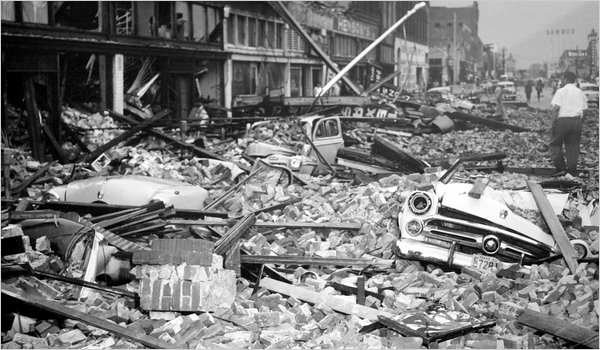Indian Rebellion of 1857: Indian rebels seize Delhi from the British
The Indian Rebellion of 1857, also known as the Indian Mutiny, the Sepoy Mutiny, or the First War of Independence, was a significant uprising against British rule in India. It began as a mutiny by sepoys (Indian soldiers) in the service of the British East India Company’s army but quickly escalated into a widespread revolt across various parts of the Indian subcontinent.
The underlying causes of the rebellion can be attributed to a combination of political, social, and economic factors. The British East India Company’s policies, such as the introduction of the new Enfield rifle and the use of animal fat in its cartridges, offended religious sensibilities of both Hindu and Muslim soldiers. There was also resentment among Indian soldiers due to low pay, harsh discipline, and the lack of opportunities for advancement within the British-led army. Furthermore, the annexation of princely states and the disregard for cultural and religious practices deepened the discontent among the Indian population.
The rebellion began in Meerut on May 10, 1857, when Indian sepoys refused to use the newly issued rifle cartridges. The refusal to obey orders quickly turned into a full-scale mutiny, and the sepoys marched to Delhi, where they were joined by discontented Indian soldiers stationed there. Delhi became the symbolic center of the rebellion, with the last Mughal emperor, Bahadur Shah II, being declared the nominal leader of the uprising.
The revolt spread rapidly across northern and central India, with major centers of rebellion including Lucknow, Kanpur, Jhansi, and Gwalior. The rebels captured and controlled large parts of the region for several months. British civilians, including men, women, and children, were subjected to brutal attacks by the rebels, leading to widespread panic and retaliatory measures by the British forces.
The British response to the rebellion was marked by a brutal suppression. British troops, reinforced by regiments from Britain and other parts of the empire, gradually regained control over the rebel-held territories. The recapture of Delhi in September 1857 and the subsequent sieges and battles led to the collapse of the rebellion in most places by mid-1858. The British forces adopted ruthless measures, including summary executions, mass hangings, and other forms of punishment.
The Indian Rebellion of 1857 had a profound impact on the future of British rule in India. In the aftermath of the rebellion, the British government took over direct control from the East India Company and established the British Raj, which lasted until India’s independence in 1947. The rebellion also led to significant changes in British policies and attitudes towards India. The British became more cautious in matters of religion and social practices, and they sought to include some Indian elites in the administration to prevent future uprisings.
The rebellion is seen by some as a turning point in Indian history, marking the beginning of a more organized and widespread resistance against British colonialism. It inspired subsequent generations of Indian nationalists and freedom fighters who sought to overthrow British rule and gain independence for India. The memory of the rebellion continues to shape historical narratives and national consciousness in India.



